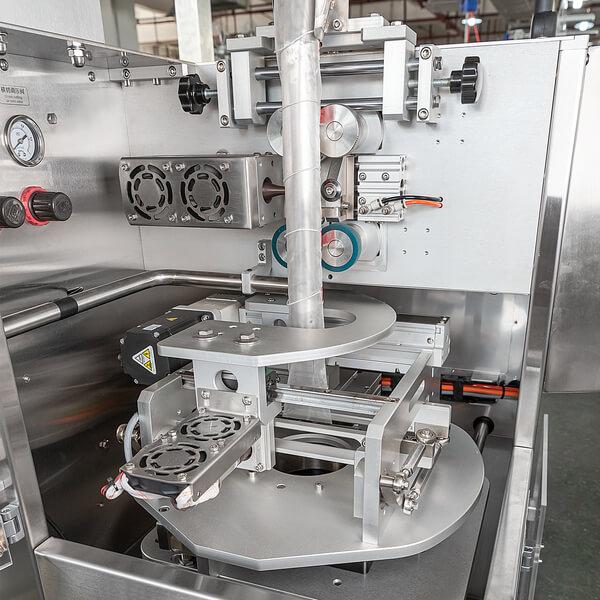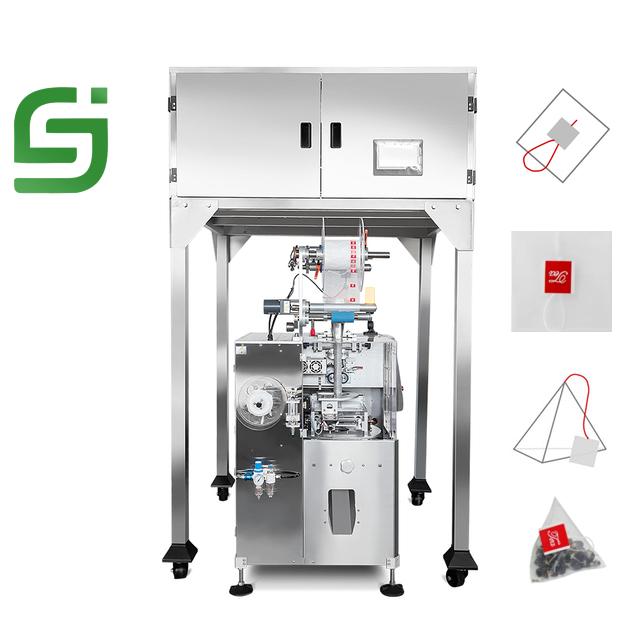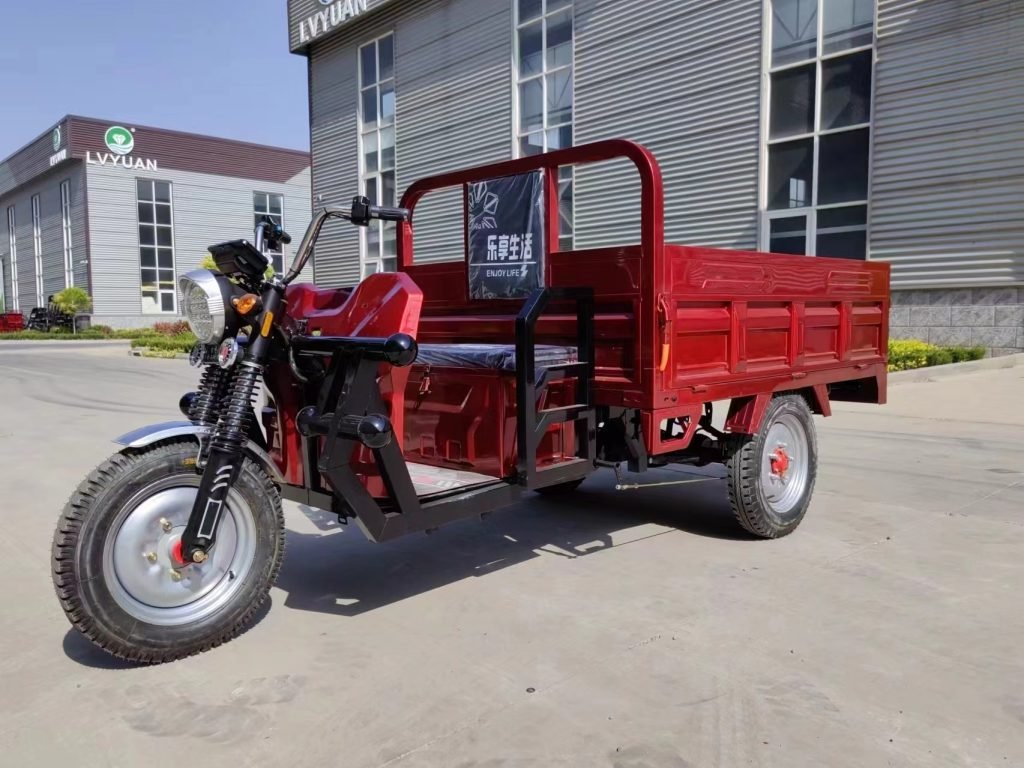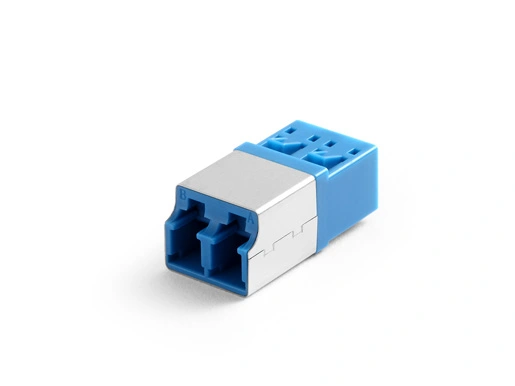Basic Info.
Material
Polyester / Cotton
Age Group
All Ages
Feature
Portable
Type
Chemical Fibre Blanket
Knitting Method
Machine Weaved
Pattern
Animal-Shaped
Usage
Home, Travel, Airplane, Bath, Hotel
Transport Package
Carton
Specification
Custom Made
Trademark
OEM
Origin
China
HS Code
95030021
Production Capacity
100000PCS/Month
Product Description
Lovely Dog Plush Toy Storage Paper Tissue Box
Kindly noted All designs are from our clients and projected by patents, we here just for displaying of our works only, not for Sale! Do not use for any other purpose!
Product Detail
| Size |
customized |
| Material |
Minky |
| MOQ |
500pcs |
| Sample Fee |
USD85-105/each design, the fee will according to the sample’s complexity. |
| Sample Leading Time |
5-8 working days |
| Production Leading Time |
about 25-35 days for order quantity below 3000 pcs. |
| Packing |
individual polybag/bulk in one big poly bag |
| Custom Logo |
Printing, Embroidery |
About Us
Our factory established in 2007 now located in Dongguan China, is an old experienced toys manufacture that creates high-quality, original and stylish toys for retail, toys studios/company, custom distribution and importers. We mainly focus on plush toys filed with Custom Made, OEM&ODM.
Plush toys, plush doll, teddy bear, toy, Plush dog, hand/finger Puppet, cushions, Keychain, pillow ect and hope to find a way to cooperate with you
Product Process
FAQ
Q0: Are you factory or trading company?
A0: We have our own factory in Guangdong, China. Therefore, we have the competitive price than other trading companies, besides, we manufacture plush toys for over years, good quality of products and best service of company can be relied.
Q1: Can we buy the products on your website?
A1: Sorry, we dont offer the sample sale.
Q2: Are your plush toys safe?
A2: Products certified in SGS, BV, meet EN-71, ROHS, and ASTM. Eco-Friendly, Lead and Phthalate Free.
Q3: Can we custom the same products as those on your company website?
A3: Those product photos on our website just for your reference, if you wanna do customization, we can make the plush toys according to drawing sketch, simple picture or an artwork.
Q4: How to charge the fee for making sample and how many days to make the samples?
A4: The sample cost is USD 100-300 (under 70 cm size, pure wool cloth with soft materials, if need to bring electronic function or other accessories should be accurate to quote). Sample: About 5-8 working days for one normal design. Each revision will takes about 3-5 days.
Q5: Sample Fee can be refunded?
A5: Free sample production costs for long-term cooperation of customers. For the first time cooperation customer samples production costs within USD 300, and the quantity up to 3000pcs, the sample fee can be refunded.
Q6: What payment terms is acceptable in your company?
A6: T/T 30% deposit after order confirm, Balance fully paid before shipping or after 100% production inspection. Small qty order will need to fully paid or at least 50% deposit request.
Q7: How about the production leading time after sample approved?
A7: Production: After sample approved. Starting from getting your deposit.
About 25-35 days for order qty below 3000 pcs.
About 35-45 days for order qty from 3000-5000 pcs.
About 45- 65 days for order qty from 5000-50000 pcs.
About 55-95 days for order qty from 50000- 200000 pcs.
Q8: How to delivery the cargo?
A8: We offer door to door service. We are very experienced in freight forwarding and only work with the best in the business to help ship our clients orders from China into Canada, United States, Europe and Australia. We can take care of all shipping logistics and communications to make sure your order arrives safely. No hidden costs will be there once it approved by our forwarder before shipping.
Delivery: Door to Door Service.
Airship: 3-5 days service / 5-10 days service /8-15 days service, different time with diferent rate.
Ocean Ship: Normlly about 25-35 days from pickup at the factory to the desination port.
And takes about 7 -14 days for customs declearation and import as well as inland transportation to consignee’s warehouse.
This are just an estimate time schedule, all shall depends on actual locations and cargo volume.






